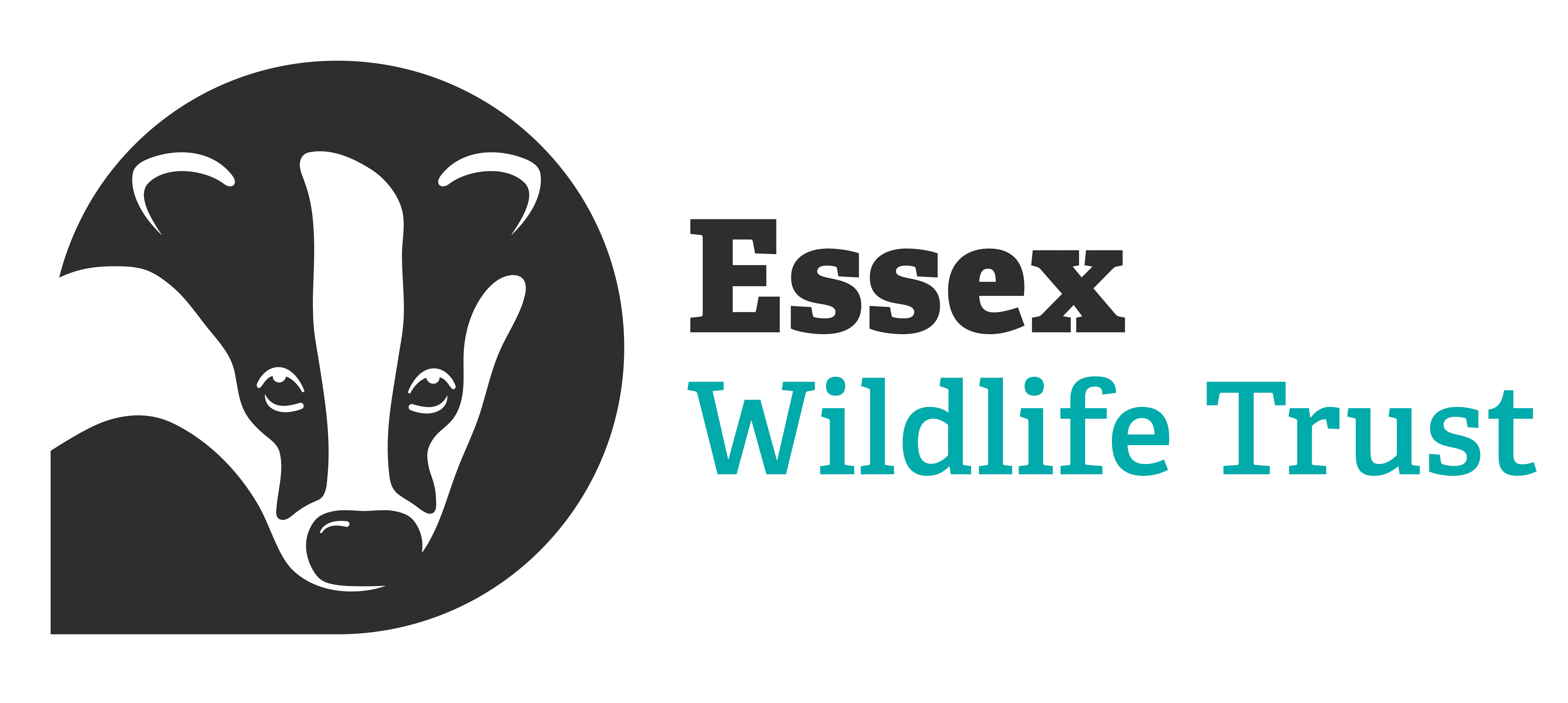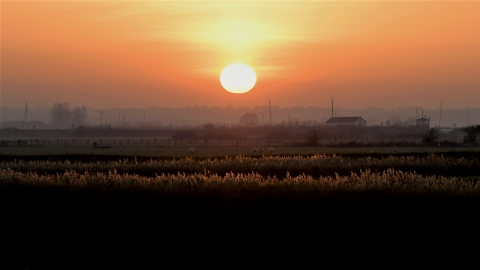
Peter Hewitt
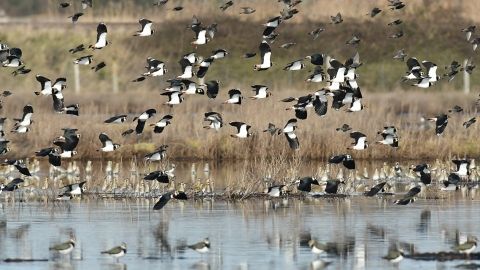
Peter Hewitt
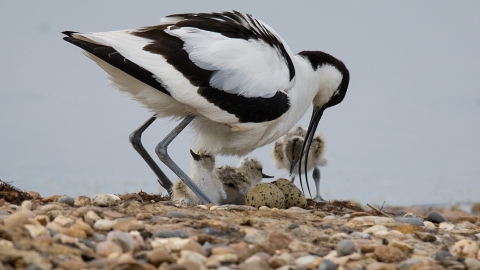
Peter Hewitt
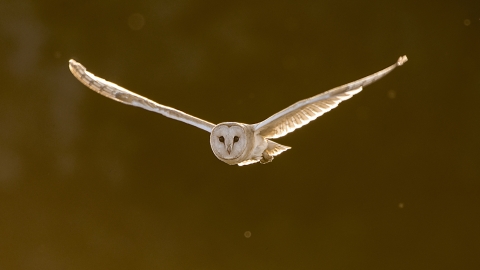
Peter Hewitt
Blue House Farm Nature Reserve
Know before you go
Dogs
Dogs permitted on the public footpath along the seawall, not on the reserve. Please keep dogs on leads
When to visit
Opening times
Accessible at all timesBest time to visit
All year roundAbout the reserve
Blue House Farm is a fantastic place to watch the change of the seasons and see which wildlife it brings with it.
In the winter, listen to the large shuffling flocks of up to 2,000 dark-bellied brent geese that have travelled all the way from Siberia to graze on these marshes. They are joined by huge numbers of other wildfowl and wading birds, including golden plover, dunlin, wigeon and teal.
Come spring and listen out for the ‘plop’ of a water vole as they tumble in and out of the ditches and also the scratchy sound of reed warblers, whilst lapwing perform their tumbling flight displays overhead. You’ll also be greeted with the sight of spring passage migrants such as ruff and green sandpiper and look out for breeding birds such as skylarks, reed buntings and yellow wagtails.
A summer wander will treat you with up close views of dragonflies including the emperor dragonfly patrolling the ditches and butterflies flitting through the grass and along the hedgerows.
Then as autumn arrives, many birds on migration will again pass through this reserve, including birds such as Northern Wheatear. In the late afternoon keep an eye out for short-eared owls gracefully hunting along the ditches.
